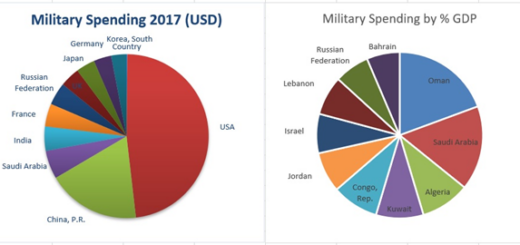AI and Construction
Nothing is worse than having an itch you couldn’t scratch… an entire generation (or three) don’t know what I’ve just said, along with ten million other cinematic philistines who are unfamiliar with Leon, Deckard, Rachael and Eldon Tyrell. I refer of course to Ridley Scott’s dystopian classic Bladerunner, a world where androids (replicants) have taken over manual labour and hazardous jobs from humans.
For two hundred years since the industrial revolution we have been living under a cloud of machines taking our livelihoods and essentially making us redundant. Fear of widespread unemployment, centralisation of wealth and power. This narrative has been ingrained in our psyche and only reinforced by media both popular and traditional. Whether it be the afore mentioned replicants, the terminator or Ash in Alien, AI is repeated presented to us as a risk to our jobs and personal safety.
So in the age of disruption, what does AI look like in Construction? What if it is already here? What will it look like in the future?
Let’s be honest, construction is ripe for disruption – it is full of repetitive tasks that require manual labour and not a high degree of specialisation. This type of work is technologies bread and butter – the algorithms required are actually remarkably simple and just require the robotic capacity to execute the actions. But before we all start lining up at Centrelink, let’s consider the realities of how technology has entered the industry so far, and how far we have to go.
Unsurprisingly, given the scale, resources and environmental nature of the industry, mining has been an early adopter of AI. Look no further than driverless trucks and trains however it goes deeper than this. Mining equipment is getting smarter, remote engine telemetry, automatic start/shut-down, environment driven operation (e.g. automatic lighting). AI has been taking over this industry for a long time, but we still won’t let a robot design and set an array of explosives. Does this mean that robots will be digging holes in the ground soon? Well… they already are.
The building and civil construction industries are equally not immune to progress. Before any project even turns soil, AI has already played a part in the economic modelling and the architecture/engineering plans. No longer ‘cutting edge’, 3D CAD is not only a staple but becoming more and more an automated tool of design where Engineering challenges are automatically identified as projects are planned. It doesn’t take much searching online to find articles and videos of automatic brick-laying robots, concrete laying machines, drone surveys or even robot ‘inspectors’ traversing sites to identify imperfections or issues. AI and the technological disruption is already upon us and the construction industry needs to be adaptive to these developments.
Far from ‘down-tools and protest’, the industry needs to view these developments both with caution but also with optimism. Beware of the ‘snake-oil’ salesmen… there are bound to be many. But to stand in the way of AI and technology is akin to the horse-drawn wagon staring down the steam-train.



